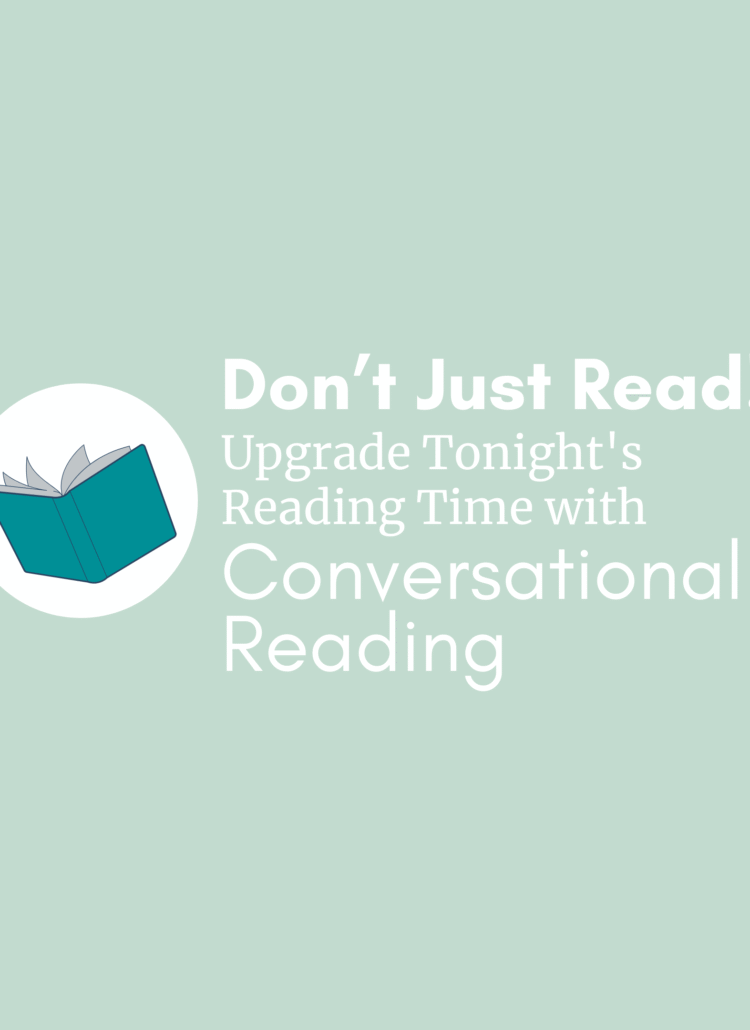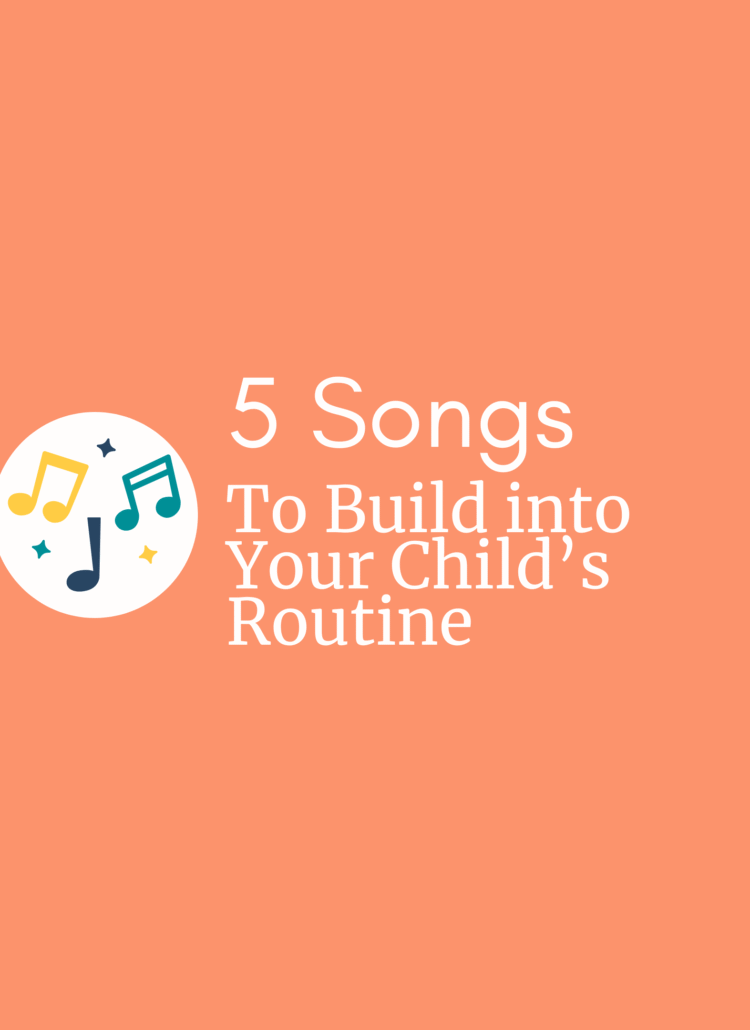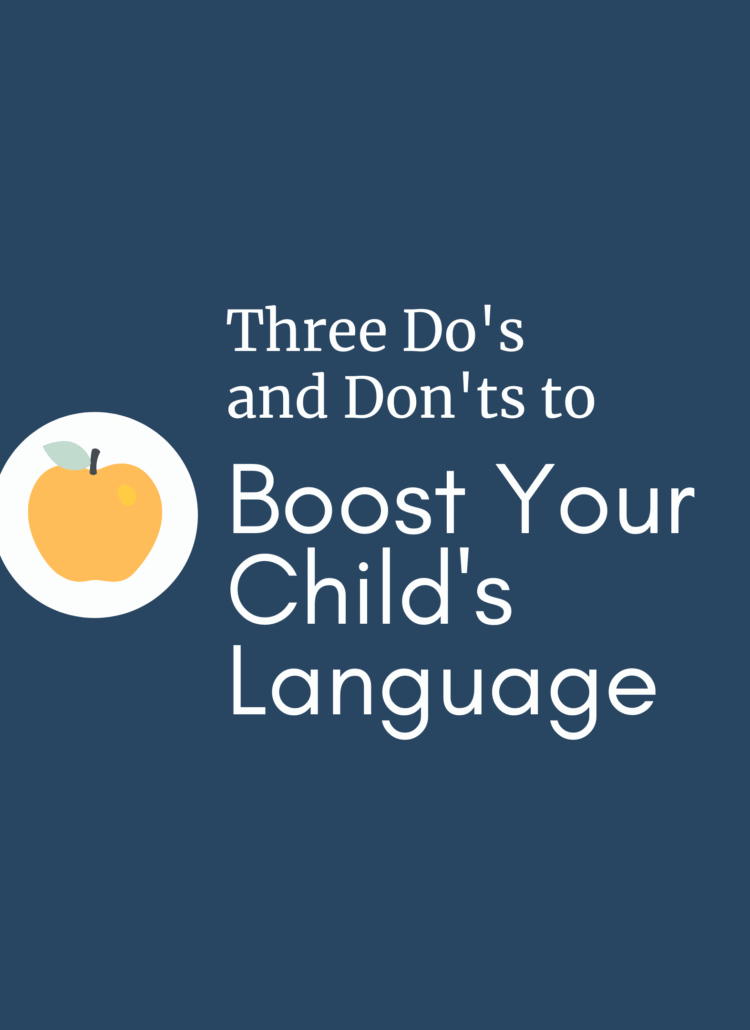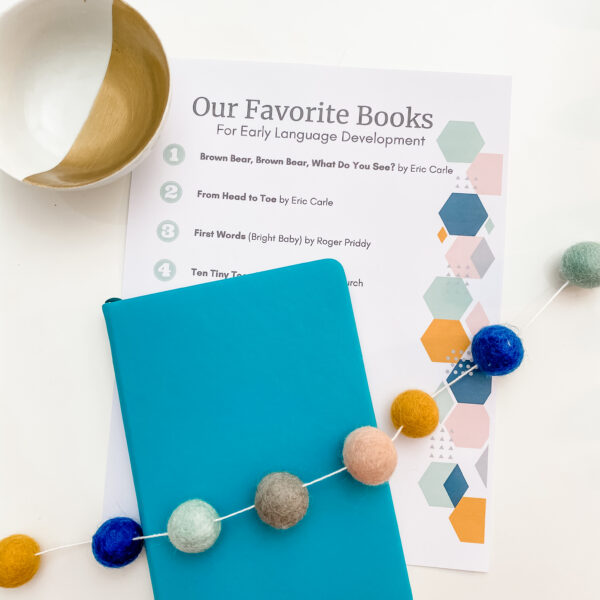
The other day I saw a comment on social media from a mother about her toddler.
She said that every time she tries to read a book to him, she is able to say about three words before he shuts the book and says, “All done.”
This mom is not alone! In a 2018 survey, 45% of parents of children under the age of 3 said that their child won’t sit still long enough to be read to (Read Aloud, 2018).
That means that almost half of all toddlers are not benefiting from all the benefits of shared book reading!
Whether or not they are familiar with the research, most parents have a desire to read to their children because they know that it is good for them.
In that same survey, 87% of parents said that they know that reading to their child can have a positive impact on their child’s early brain development (Read Aloud, 2018).
So how do you get busy toddlers who are not interested in books to sit and read with you? And how do you get those reading sessions to last more than a minute?
I have SO MANY thoughts and ideas about this! Let’s dive in!
Reading to Your Toddler Is Worth It
When reading to your toddler is a daily battle, it’s easy to lose sight of the why.
Researchers have found that reading to your child helps support your child’s language development, especially when the reading episode lasts for more than 5 minutes as includes more than one book (Trivette et al., 2010).
Other researchers found that children who were not read to as infants, toddlers, and preschoolers were 2 ½ times more likely to have poor vocabulary development (Farrant & Zubrick 2013). These researchers concluded that it is important for parents to read to their children more than 10 minutes per day and to continue this routine into the child’s early school years (Farrant & Zubrick 2013).
Additionally, researchers calculated that children who are read to an average of 5 books per day will start kindergarten having heard more than 1.4 million more words during their first five years of life during book reading than other children who were seldom read to (Logan et al., 2019). And hearing more words is correlated with stronger language development.
But here’s the challenge: if parents know that it is important to read to their child, but the child is resistant, then what?
Trying to force the child only connects reading with negative feelings and experiences. And it is terrible for the mental health of the parent and the child.
→ So, here’s the real goal: To have consistent, daily positive experiences with shared book reading from infancy through the early elementary school years.
Sound impossible? Here are a few steps for success.
Steps for Success
- Set up the environment
- Build reading into routines
- Rethink your book selections
- Try out toddler-friendly strategies
- Tune in to your child to follow his/her lead
STEP 1 | Set up the environment
To be successful in reading regularly to your toddler, start by creating a positive environment for reading.
Sitting in a comfortable place with your child on your lap is one way to accomplish this.
This place could be on your child’s bed, on the couch, or on a comfortable chair.
But don’t limit your thinking to these typical settings.
Some toddlers benefit from greater focus when they are sitting in the high chair. So, book reading could happen by pulling up a chair next to your child’s high chair and reading there.
Other toddlers benefit from greater calm while being in water, like when a child takes a bath. So, book reading could happen while your child is in the bathtub with you sitting on the edge of the tub. If this is environment is one that works for your toddler, I suggest purchasing a few Indestructibles books which can get wet without negative consequences.
Other aspects of a positive environment include having enough light to see and not being distracted by other background noise, like having a TV on in the same room.
Creating a supportive environment for reading can go a long way to supporting both you and your child to be successful.
STEP 2 | Build reading into routines
Routines are the powerhouse of development. They can form the structure upon which learning can be built.
So, building a routine for book reading serves a few purposes.
- A routine of book reading helps ensure that reading happens regularly.
- A routine of book reading keeps it off of a “need to do list” and into a “just the things that we do each day” list.
- A routine of book reading makes the activity predictable, and predictability is essential for toddler learning (Benitez & Saffran, 2018).
Essentially, routines are better for you AND better for your child.
Here are some places in your day where you could place a book reading routine.
- First thing in the morning. Some toddlers are a little cuddlier in the morning when they first wake up. You can use this time to read a book or two.
- After lunch. While your child is still in her highchair, pull up a chair next to her and read a book.
- Before naptime. Reading a book or two to settle down before taking a nap is a successful routine for some toddlers.
- During bathtime. If bathtime is relaxing for your child, this could be a great time to read. I especially like Indestructibles books for situations where water is likely to be (like the bathtub!).
- Before bedtime. This is the most common time to build in a book reading routine.
A book reading routine doesn’t need to happen during all these times. Choose two or three and see what works best for you and your child.
One last note about the length of time for book reading and how it relates to routines.
- Researchers Trivette et al. (2010) suggest that reading sessions last at least 5 minutes.
- Researchers Farrant & Zubrick (2013) suggest that a child should be read to for at least 10 minutes a day.
- The organization Read Aloud 15 Minutes is on a mission to encourage parents read to their children at least 15 minutes every day.
My suggestion?
→ If your child really struggles with book reading, build a short, 5-minute book reading session into one routine in your day, then slowly add another 5-minute session into another routine, then into a third routine. Pretty soon, you are at 15 minutes, just spread out into different routines in your day.
STEP 3 | Rethink your book selections
Finding the right books is a critical element in creating positive book reading experiences with your toddler.
Here are a few things to consider:
- Find books that are interesting to your child. This might mean looking for books that are at a higher level than your child can currently understand. For example, if your child is REALLY into realistic dump trucks, fully embrace this interest, go to the library, and find books with lots of dump truck illustrations. Go beyond the toddler books and the picture books to venture into the children’s non-fiction section. You might find some gold!
- Avoid books with interactive elements. Interactive elements can include pop-ups, tactile elements, or flaps. There is an interesting study that found that books with manipulative features, like pop-ups and flaps, led to less learning. Specifically, 20-month-old children were less likely to learn new labels for objects when the book included manipulative features (Tare, et al., 2010). In addition to reduced learning, I avoid books with flaps because I don’t want to engage in a physical battle with a toddler who doesn’t yet have the needed fine motor skills to accomplish that task without ripping the book. So, just avoid them!
- Look for books that include actions. I love books that include movement and actions for toddlers. A few examples:
- Baby Cakes by Karma Wilson and Sam Williams.
- The More We Get Together by Caroline Jane Church.
- Imitation Book by Stephanie Anderson.
- Choose wordless books. Books without words work well with toddlers who are reluctant to read. They give lots of opportunity to talk about what is happening in the illustrations, but parents don’t feel pressure from “not getting through all of it.” A few of my favorite wordless books:
- Good Dog, Carl by Alexandra Day.
- A Ball for Daisy by Chris Raschka.
- Machines by Busy Hands Books.
- Embrace the library. Libraries are an amazing resource for parents. In addition to having access to the books you have collected in your home library, you also have access to SO MANY more books. Plus, you can find new books as the interest of your child changes!
STEP 4 | Try out toddler-friendly strategies
This is arguably the MOST critical part of having successful experiences reading to a reluctant toddler.
Even if you have done all the things discussed earlier but you insist on reading every word on every page in order from the beginning to the end, everyone might end up in tears! Including you!
Here are some toddler-friendly strategies for reading to your little one – without tears!
Don’t read every word
I am giving you permission to not read every word on every page.
If there are only a few words on each page, go for it!
But if there is a large amount of text, don’t even try it.
What to do instead?
→ Talk about the pictures. Make a comment about something you see on that page. Then move on to the next page.
Even if there is a storyline, you can summarize what is happening with a few simple words.
Don’t have to read every page
Similarly, you don’t have to read every page of the book.
You don’t even have to read the pages in order.
At some point, it is important for young children to understand the process of reading which includes the sequence of reading each page in order.
But remember our goal! To have consistent, daily positive experiences with shared book reading from infancy through the early elementary school years.
We are in it for the long haul. Understanding the sequence of reading each page is something that can come later.
For now, just focus on having a positive shared experience. And that might mean skipping pages or going backward or not getting to the last page.
Positive, shared experiences. That’s our goal!
Reduce demands
Sometimes, parents turn book reading time into quiz time.
“What does the cat say?”
“Where’s the blue square?”
“Can you find the bird?”
→ With a toddler who is reluctant to read, I suggest reducing demands by eliminating these types of “quiz” questions when reading a book.
It turns reading a book into hard work for your child, especially when they are just learning language.
By hearing you model language as you read (and talk about the pictures), they will get the learning they need.
And it will be more enjoyable for your child, which will help him want to read again with you tomorrow. Win-win.
Turn questions into comments
For some parents, questions naturally come tumbling out when they read to their child.
You might find it helpful to adopt this mantra:
→ Turn that question into a comment.
Instead of saying, “What does the cat say?”
→ → “The cat says, ‘Meow.’”
Instead of saying, “Where’s the blue square?”
→ → “I see a blue square!”
Instead of saying “Can you find the bird?”
→ → “Bird! There’s a bird! Bird”
This is the heart of what it means to model language for your child. And it is the foundation for how your child learns language.
STEP 5 | Tune in to your child to follow his/her lead
If you really pay attention to your child, you will know when it’s time to end a book reading session for the day.
Respect her attention span and mood. If it is not working today, try again tomorrow. If you only read half a book, call it good and pick up again before bed.
Being tuned in to your child’s needs and following his lead can have far-reaching effects in achieving the goal of having positive reading experiences.
References
Benitez, V.L. & Saffran, J.R. (2018). Predictable events enhance word learning in toddlers. Current Biology, 28, 2787-2793. https://doi.org/10.1016/j.cub.2018.06.017
Farrant, B.M. & Zubrick, S.R. (2013). Parent–child book reading across early childhood and child vocabulary in the early school years: Findings from the Longitudinal Study of Australian Children. First Language, 33(3), 280-293. https://doi.org/10.1177/0142723713487617
Logan, J.A.R., Justice, L.M., Yumus, M., & Chaparro-Moreno, L.J. (2019). When children are not read to at home: The million word gap. Journal of Developmental & Behavioral Pediatrics 40(5), 383-386. https://doi.org/10.1097/DBP.0000000000000657
Read Aloud 15 MINUTES. (2018, February 27). Read Aloud 15 MINUTES survey report: How America reads aloud to its children. https://www.readaloud.org/documents/ReadAloudSurveyReport.pdf
Tare, M., Chiong, C., Ganea, P., & DeLoache, J. (2010). Less is more: How manipulative features affect children’s learning from picture books. Journal of Applied Developmental Psychology, 31(5), 395-400. https://doi.org/10.1016/j.appdev.2010.06.005
Trivette, C., Dunst, C.J., & Gorman, E. (2010). Effects of parent-mediated joint book reading on the early language development of toddlers and preschoolers. Center for Early Literacy Learning Reviews, 3(2), 1-15.





